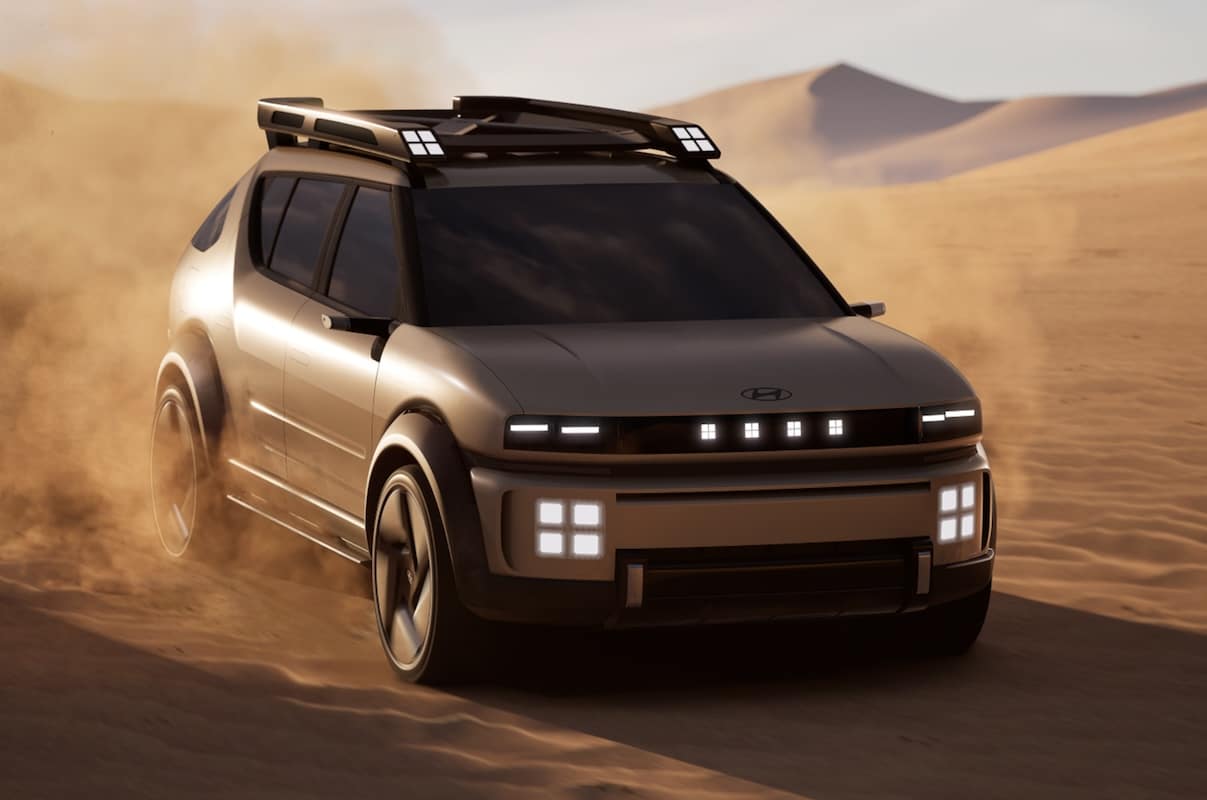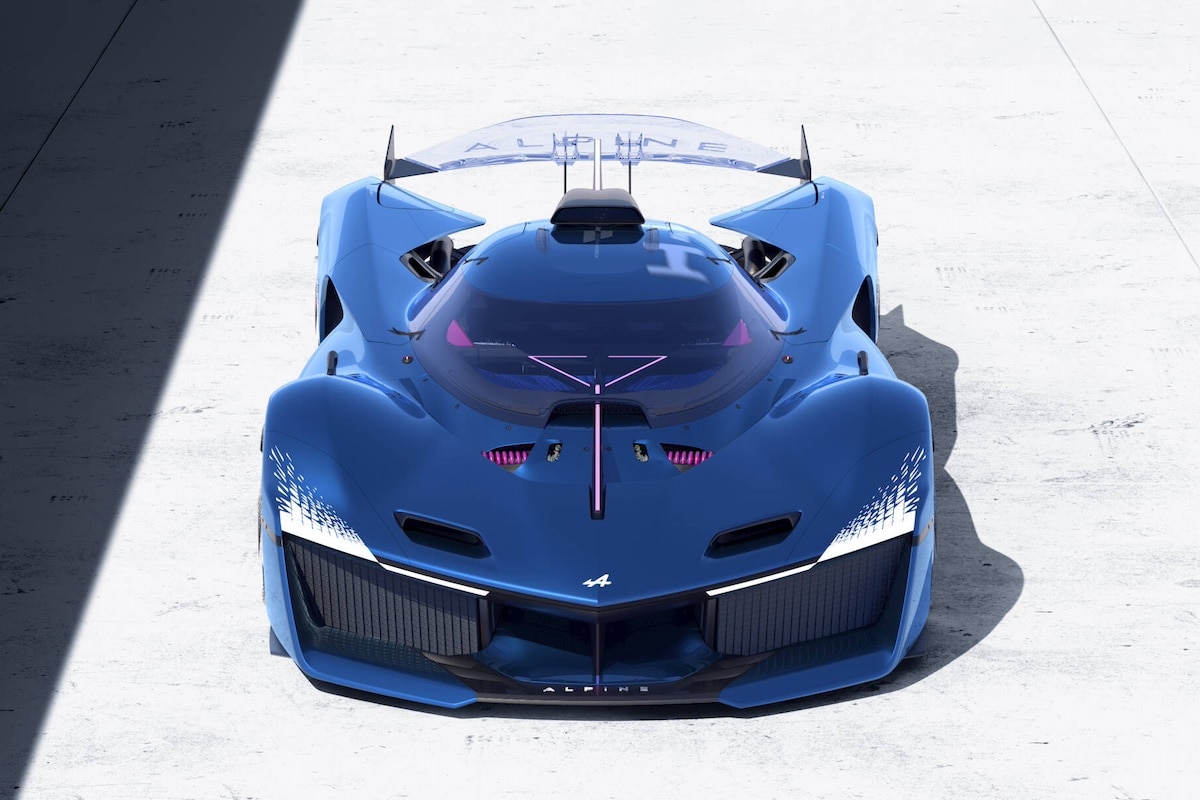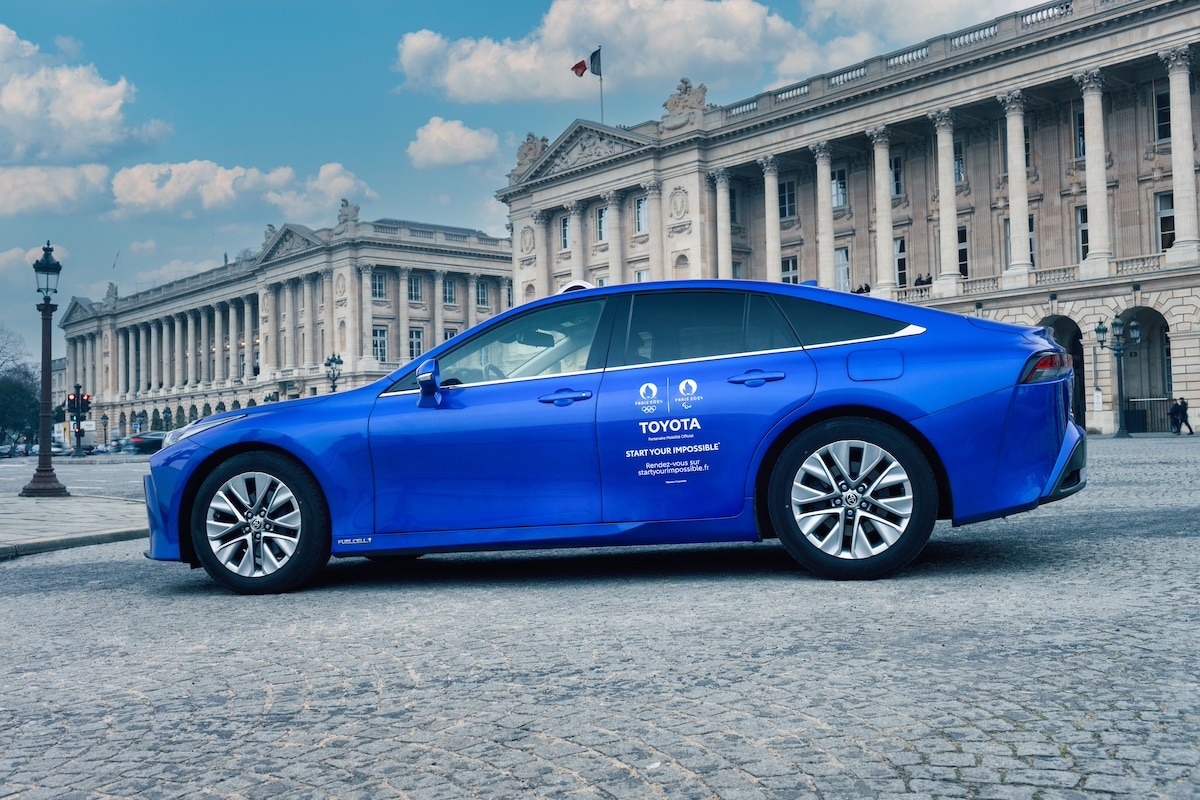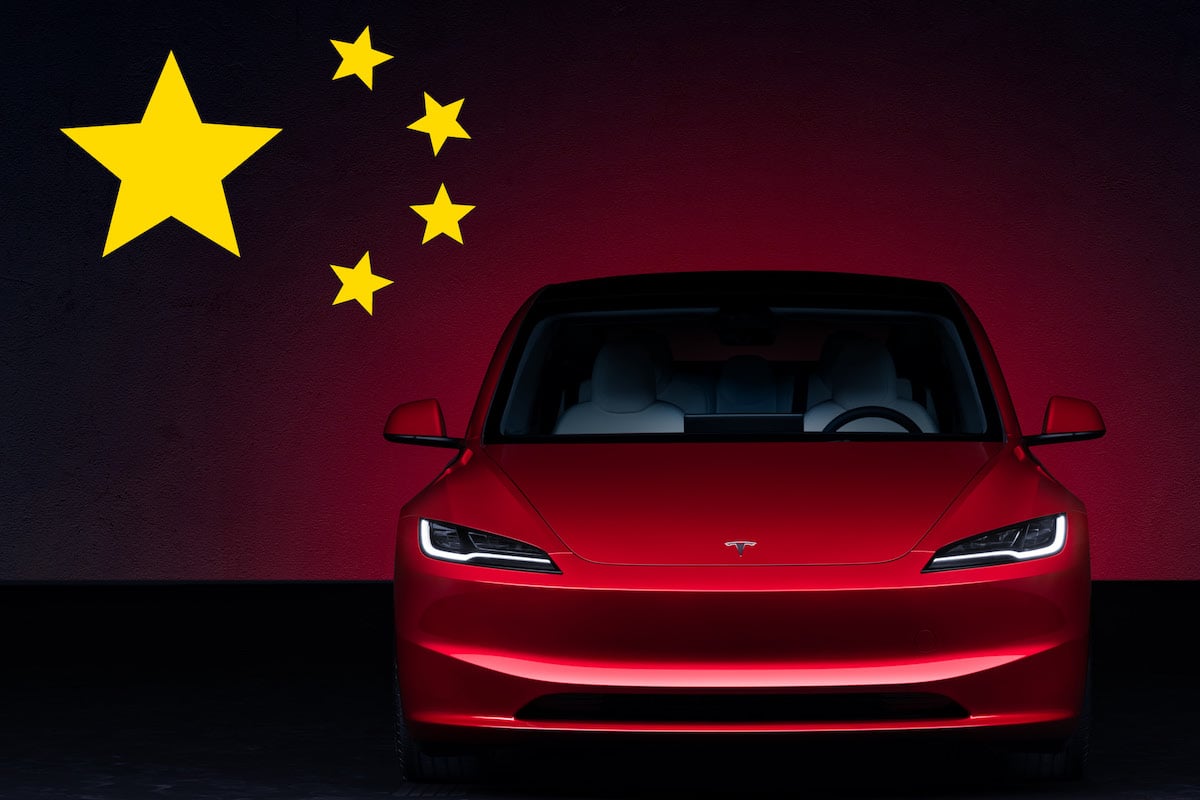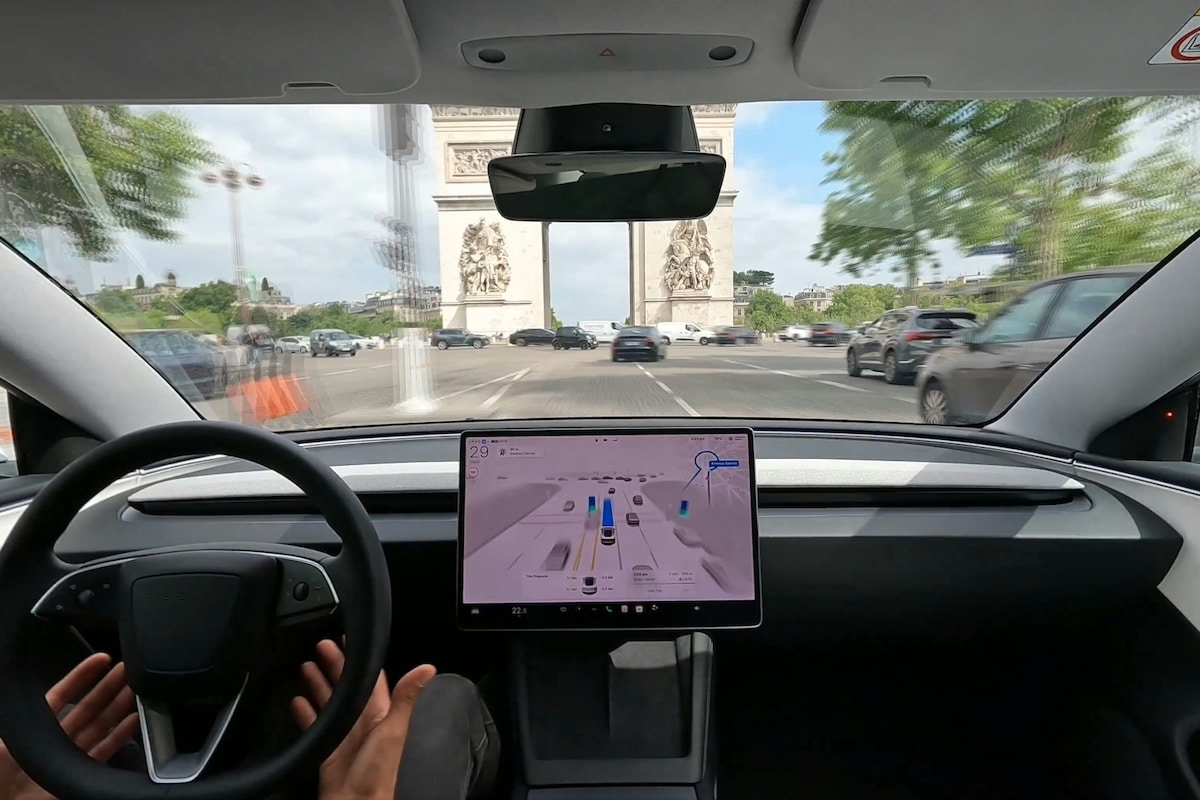New Hyundai Nexo or the Renewed Belief in Hydrogen
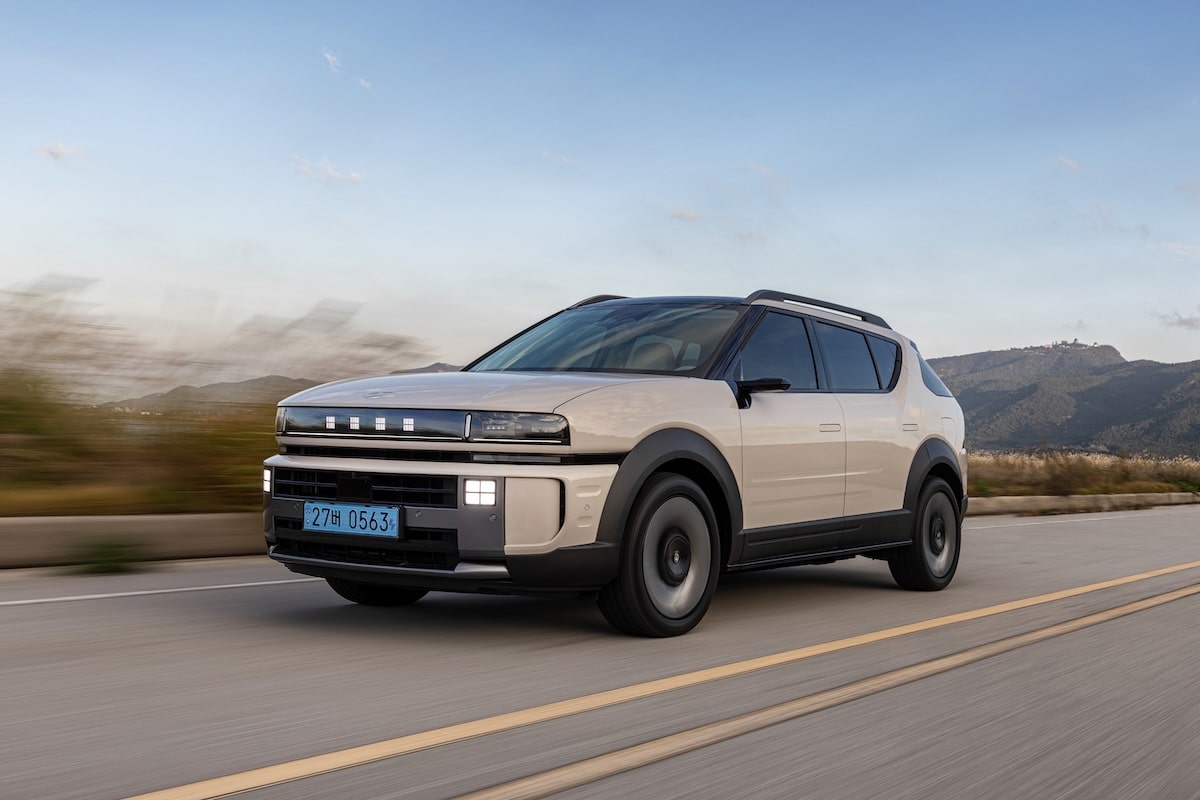
With the brand new NEXO, set to be launched in 2026, Hyundai confirms its commitment to hydrogen technology.
While most manufacturers focus exclusively on battery electric vehicles, Hyundai continues to forge its own path in hydrogen. A bold bet, but coherent for a group that has been investing in fuel cell technology for nearly thirty years.
Since the 1990s, the South Korean group has been committed to research on hydrogen vehicles (FCEV). The first NEXO, launched in 2018, already placed the brand among the pioneers in the field. The new generation continues this legacy, while symbolizing a major technological leap.

A fully redesigned hydrogen system
Under its redesigned body following the “Art of Steel” design language, the NEXO hides a third-generation fuel cell that has been completely overhauled. The raw power rises to 110 kW (+16%), while the net power reaches 94 kW, allowing the entire system to achieve 190 kW (258 horsepower) in total, compared to 135 kW (184 horsepower) in the previous version. The electric motor now produces 150 kW (204 horsepower), enabling a 0 to 100 km/h in 7.8 seconds, a significant improvement over the 9.2 seconds of the former model.

You might be interestedin this article:
But it’s especially the range that impresses: up to 826 km (WLTP cycle) for a hydrogen fill-up done in 5 minutes. A feat made possible thanks to a denser tank (6.69 kg of hydrogen, compared to 6.33 kg previously) and improved energy efficiency.
Hyundai also promises increased reliability in cold weather, thanks to a new anti-freeze “Wake Up” function and a more resistant membrane.
The obstacles to hydrogen’s democratization
Despite the spectacular progress made by Hyundai, hydrogen remains a niche technology. Three main obstacles still slow its widespread adoption. The first is economic: the cost of a fuel cell vehicle, higher than that of an equivalent electric model, remains a barrier to purchase. The current NEXO costs more than 80,000 euros in France, for example. Added to this is the price per kilogram of hydrogen, which ranges between 10 and 15 euros in Europe, making refills still expensive despite their speed.

The second is infrastructural: the network of refueling stations remains dramatically limited. In France, for example, there are only about fifty publicly operational stations, compared to tens of thousands of electric charging points.
Finally, a persistent myth surrounds the dangerousness of hydrogen, although unfounded. Modern tanks are tested at extreme pressures and adhere to safety protocols far stricter than those for combustion or electric vehicles. As long as these three obstacles are not lifted, the democratization of FCEVs will remain slow, despite their undeniable technological and environmental advantages.
This page is translated from the original post "Nouveau Hyundai Nexo ou la croyance renouvelée en l’hydrogène" in French.
We also suggestthese articles:
Also read
